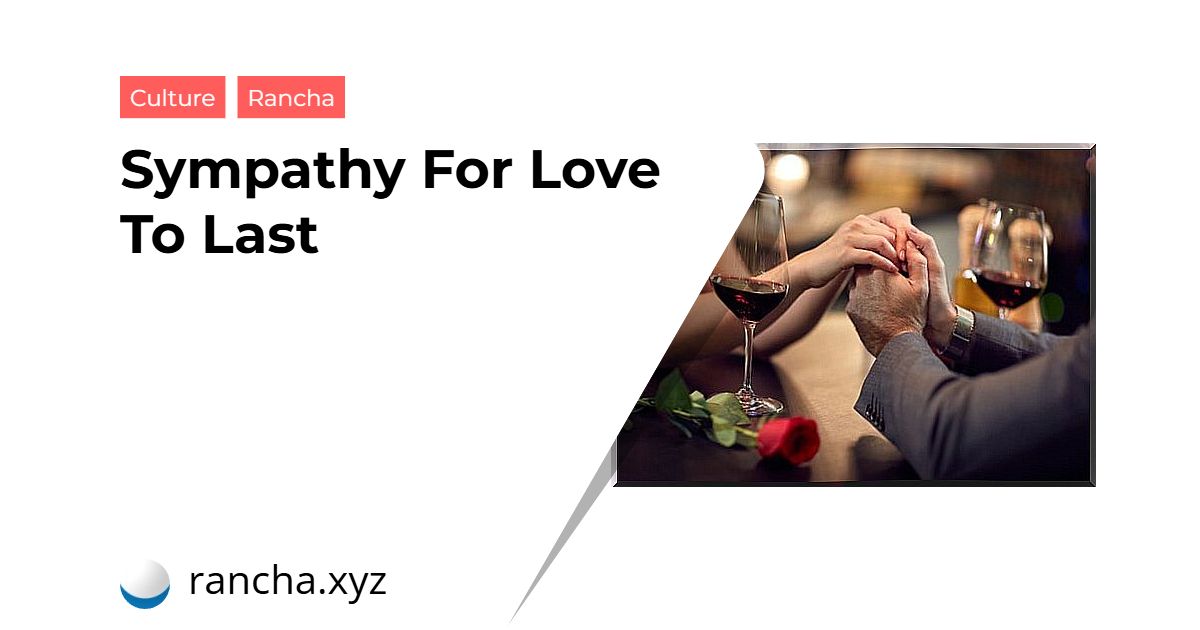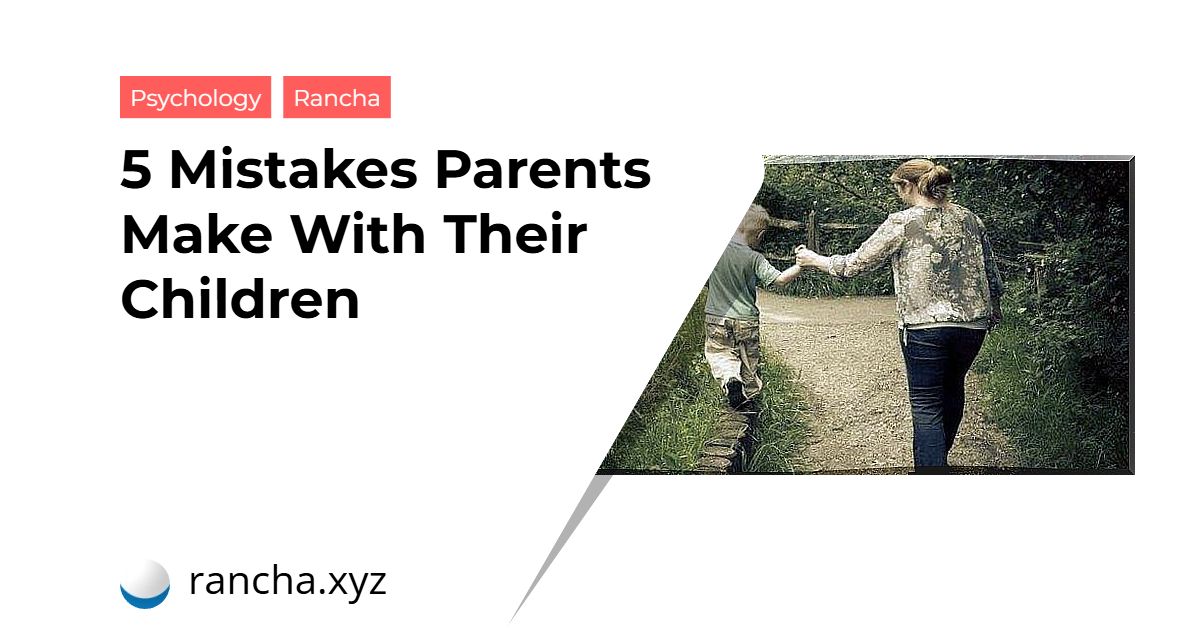We all know what a superstition is, and many even have superstitious rituals. However, what is superstition according to science?
Superstition is actually a side effect of the ability to learn. Any being with the ability to make connections between events is vulnerable to being superstitious on some level.
According to Rotter (1966), if a person thinks that what he gains from his behavior is beyond his control (unpredictable, fate, other powers, luck…), then he has a belief or expectation of external control. In fact, some theorists opine that superstitious behavior can develop when someone is exposed to uncontrollable situations. On the other hand, we are well aware that it is impossible to control everything that happens around us.
In this sense, human beings have evolved and acquired capabilities that allow them to survive in this largely unpredictable world. So, to some extent, we all harbor beliefs and illusions that allow us to feel in control of our own existence.
Superstition according to science: a form of adaptation
Knocking on wood, crossing your fingers, avoiding going under a ladder, or having a rabbit’s foot as a charm can serve your brain, barring the differences, like candy for a child. Children love candy. In fact, they are usually used as reinforcements and they don’t even know what they are exactly. So do superstitious rituals.

Many people have amulets or rituals that help them do things better. They can even increase your motivation to achieve or your self-confidence.
Personal Superstitious Thinking (PSP) would give name to the tendency we have to think in a way that allows us to prepare ourselves to defend ourselves from disappointments, disappointments and annoyances. This style of thinking is part of the constructive thinking defined by Epstein (1998).
In this sense, self-confidence is decisive. Therefore, any factor, however irrational, will increase the chances of survival. After all, claiming that superstition can be adaptive, as crazy as it may seem, is still true in many cases.
Experiments related to superstition
In these experimental examples, individuals were induced to think that their behavior was reinforced. But, for example, in the case of Koichi Ono’s study, superstitious conduct is not at all due to accidental reinforcement. The hypothesis that the absence of control leads human beings to behave in a superstitious way is confirmed in Helena Matute’s experiment.
Scores experiment (Koichi Ono, 1987)
Based on Skinner’s work with doves, he used experimental chambers that had three levers and a panel on which scores were recorded. Twenty individuals were asked to try to accumulate as many points as possible, but were not told to perform any particular conduct.
The team was scheduled to deliver the booster – a point on the scoreboard – whenever a certain period of time had passed, without requiring any action. What happened was that many participants showed superstitious behavior whenever they gained a point. One of them even jumped towards the ceiling thinking it would get more points.
Sound Experiment (Helena Matute, 1993)
The presentation of an aversive stimulus on the computer was used. In this case, it was an annoying noise programmed to disappear after a certain period of time. Participants were divided into two groups. In the first group, individuals were asked to try to stop the sound with computer keys. The members of the second group were told that no matter what, they could not control the sound.
The results were different: individuals in the first group created a pattern of behavior when pressing the keys. These participants developed an illusion of control, which led them to practice superstitious behavior. They actually came to believe that if they pressed certain keys on the computer they could control the emission or not of the annoying sound. In contrast, the second group did nothing, as requested.

illusion as shield
Our brain is made up of a network of connections that tend to make associations. We associate words, places, sensations, events, etc. When a person mistakenly sees their behavior as a possible cause, their brain is being overwhelmed by the “illusion of control”. When this happens in a more generic way, attributing the cause or origin to an external agent, such as a healer, this phenomenon is called “casualty illusion”.
Herstein (1966) argued that it is unlikely that this conduct is simply due to accidental reinforcement. By contrast, it is assumed that if a person is induced at least once into superstitious behavior, he can maintain that behavior by accidental reinforcement. In many societies, rituals such as rain dances or human sacrifices are performed. As a reflection: can these practices be attributed to the mere accidental reinforcement of individual conduct or would they constitute a strategy that would increase our chances of survival?
 rancha.xyz Be free to choose their own route to self-knowledge, health and balance of body and soul.
rancha.xyz Be free to choose their own route to self-knowledge, health and balance of body and soul.




